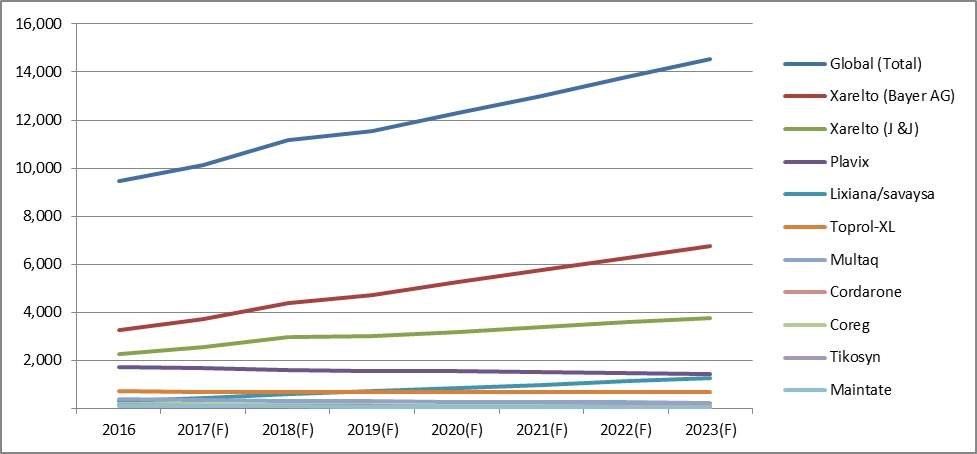
The shipping of raw materials at the early stages of the supply chain is a complex process requiring several different components to work together. When any of these components break down, the integrity of the material is compromised. Temperature maintenance forms one of these necessary components that dictate the integrity and usability of the material during the next phase of the supply chain.
Clinical Trials Arena Staff Writer Sarah Fal discusses these components in detail with Eugenio Filippi, Associate Director, Plasma Logistics, Shire.
Sarah Fal: I understand that regulatory compliance can lead to difficulties at times – how has this been a challenge for you?
Eugenio Filippi: In the last three years, the GDP guidelines have been quite tricky to follow. There are certain factors that make them ambiguous, leading to (potentially) false interpretations. This is the case when qualifying 3PLs (third party logistics). It is difficult to assess the level of expertise the 3PLs actually have. In addition, the GDP is rather broad, and the manner in which activities are implemented can come down to the quality manager’s interpretations. Ultimately, this can lead to regulations being applied differently.
Sarah Fal: Despite these ambiguities, are there new technologies mitigating the possibility of temperature deviation?
How well do you really know your competitors?
Access the most comprehensive Company Profiles on the market, powered by GlobalData. Save hours of research. Gain competitive edge.

Thank you!
Your download email will arrive shortly
Not ready to buy yet? Download a free sample
We are confident about the unique quality of our Company Profiles. However, we want you to make the most beneficial decision for your business, so we offer a free sample that you can download by submitting the below form
By GlobalDataEugenio Filippi: I have seen a lot of new technologies on the market, such as temperature data web uploading. Despite there being new technologies, the problem lies in finding out how to implement them in current day-to-day logistics, as well as how to apply them to one’s specific reality and process. On paper, everything looks very easy.
However, service providers should also have expertise within the field of pharmaceutical logistics as opposed to relying on the manufacturer to consult them on the process. Service providers should look at offering holistic solutions, and provide services throughout the entire supply chain in order to limit the amount of parties used for different services.
Sarah Fal: Looking more specifically at the drugs you produce, how has maintaining their temperature been possible?
Eugenio Filippi: I work with plasma, therefore we have to ship it as a raw material within a -20°C temperature zone. Therefore, I am less concerned with catering for temperature ranges of 15°C to 25°C and 2°C to 8°C. In addition, I deal mainly with trucks as the primary source of transportations opposed to airplanes and other modes of transport.
Sarah Fal: What exactly does working in the -20°C temperature range entail?
Eugenio Filippi: Many companies do not deal with this range. Although there may be shipping companies that approach me to offer their services, most of them tend to work within other temperature ranges. Some airports have also proven to be a little problematic. For instance, Frankfurt Airport does not have a -20°C room in which the materials can be held in transit. This makes using airports as hubs for air freight shipments more challenging. The rarity of this temperature range makes it difficult to accommodate. This is why we tend not to use airports, as even if we wanted to, we only have limited choices.
Sarah Fal: As you primarily use trucks to ship your products, does the mishandling still occur?
Eugenio Filippi: Yes, this does still tend to happen, mainly because at the end of the day you have a human being deciding how to carry out the process, and humans not always follow instructions to the letter.
In addition, counterfeiting is still an issue. There may be parties that try to steal counterfeit medicine which in turn negatively affects the logistics procedure. This issue does not apply to me directly as I work with raw materials. However, it is more likely with other finished goods.
When plasma is being distributed, these containers cannot just be opened at customs due to the nature of the product and its storage conditions. However, there are cases when this happens. This can be avoided by using known shippers opposed to less known, small scale shippers. Another solution would be to primarily use main hubs – using well-known airports opposed to unknown airports. Such airports should work with agencies to ensure those handling the products at different touch points are efficiently trained.
Sarah Fal: Have there been certain areas that have been particularly chaotic at touch points?
Eugenio Filippi: There can be several. One example is in Saudi Arabia, where they have to open the package to check the data loggers inside, which can lead to temperature deviations. The best way to resolve these kinds of cases is to make loggers accessible on the outside of the box. This will limit the opening of the box. This is something the industry should look at implementing, especially in countries that have these issues, and there are providers out there already offering such solutions.






Related Company Profiles
Shire
Arena GmbH
Frankfurt Airport